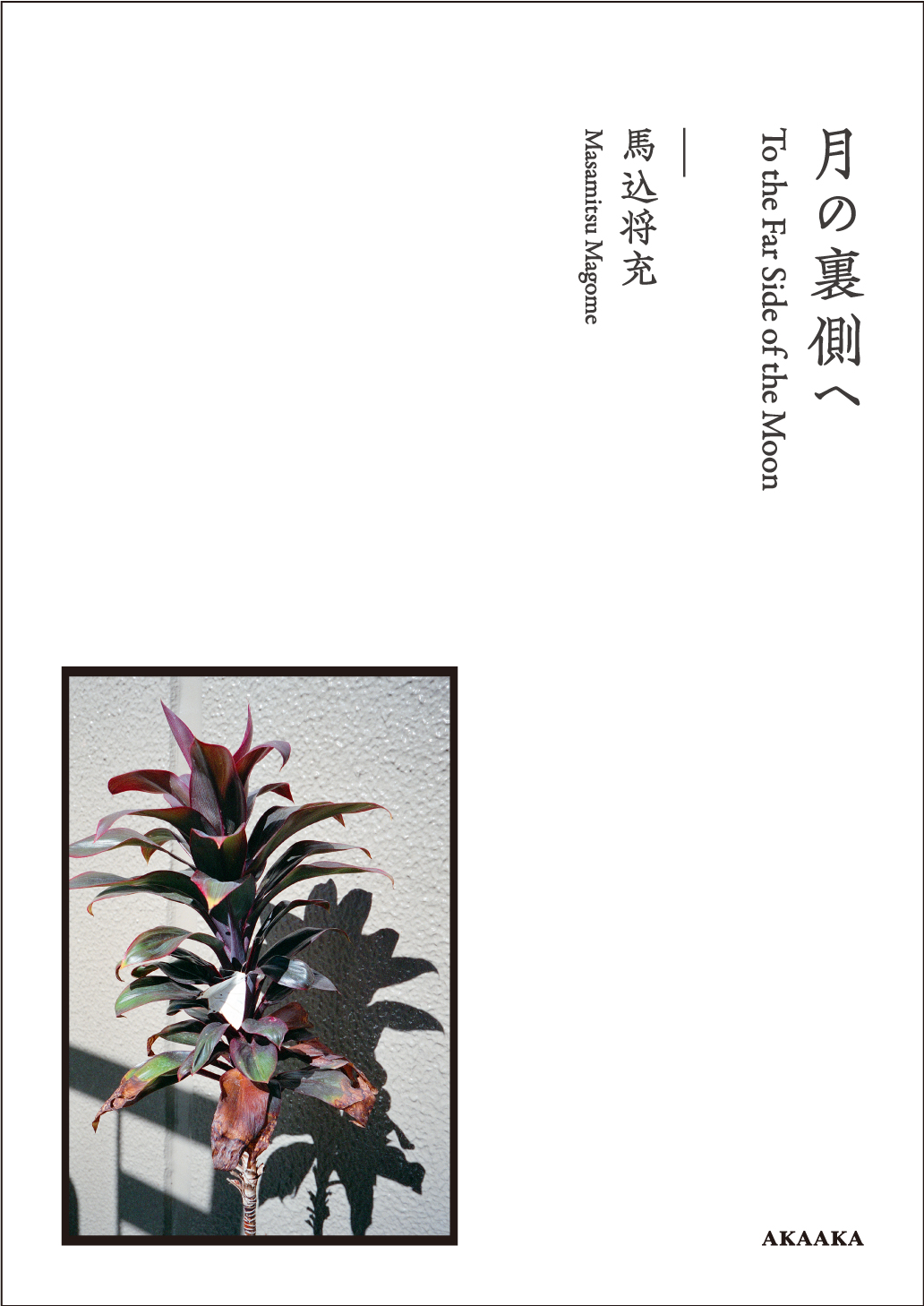
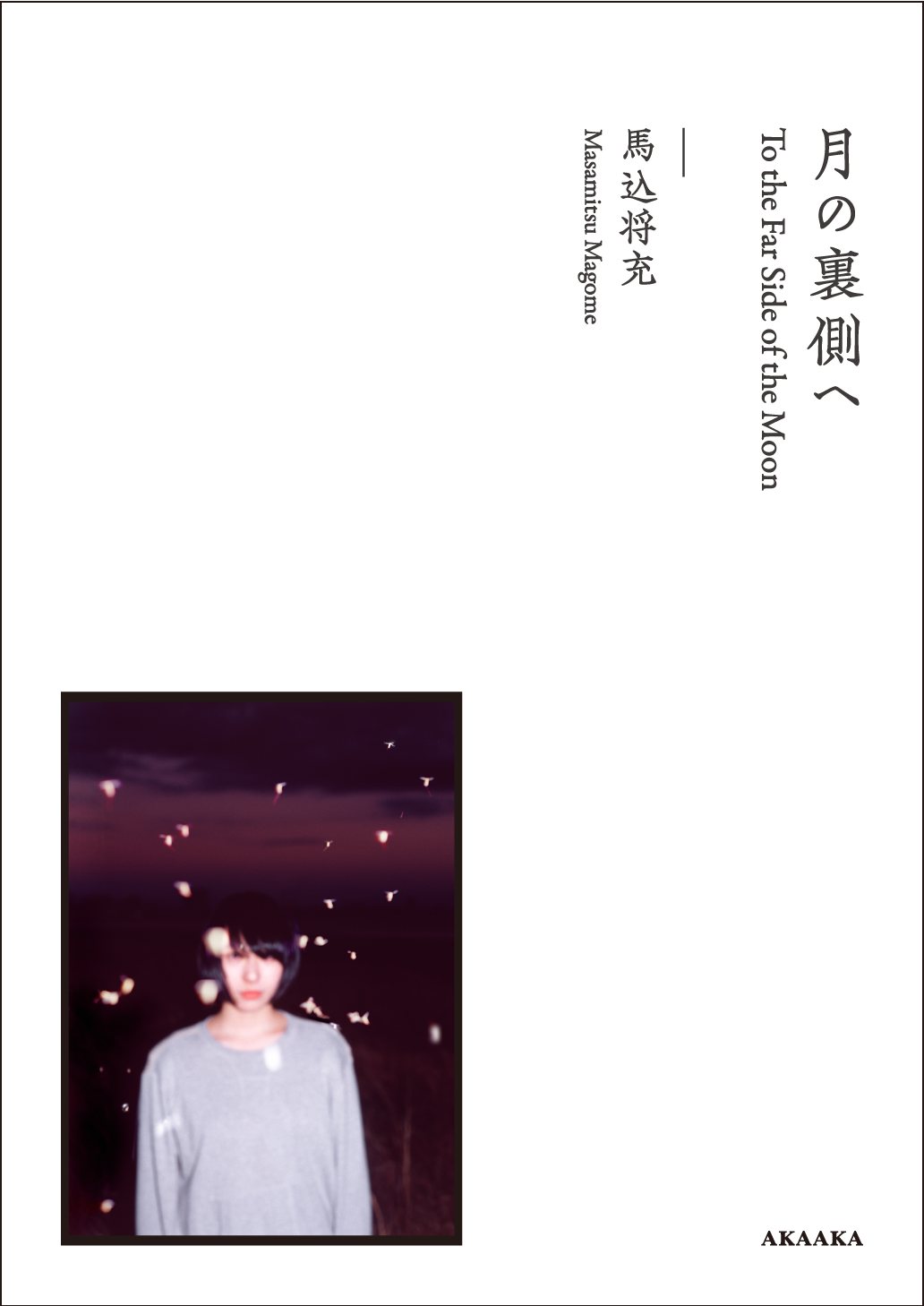
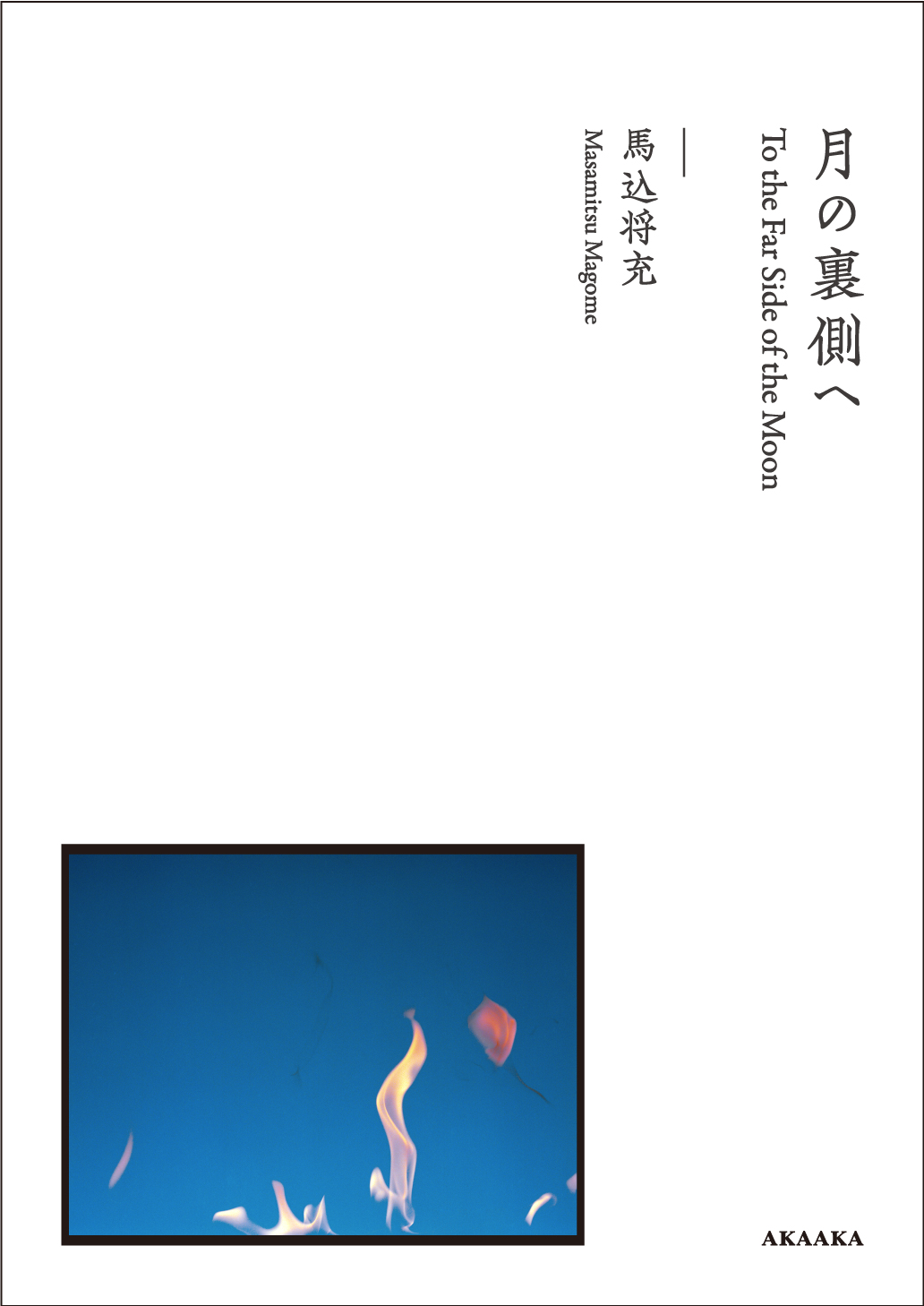
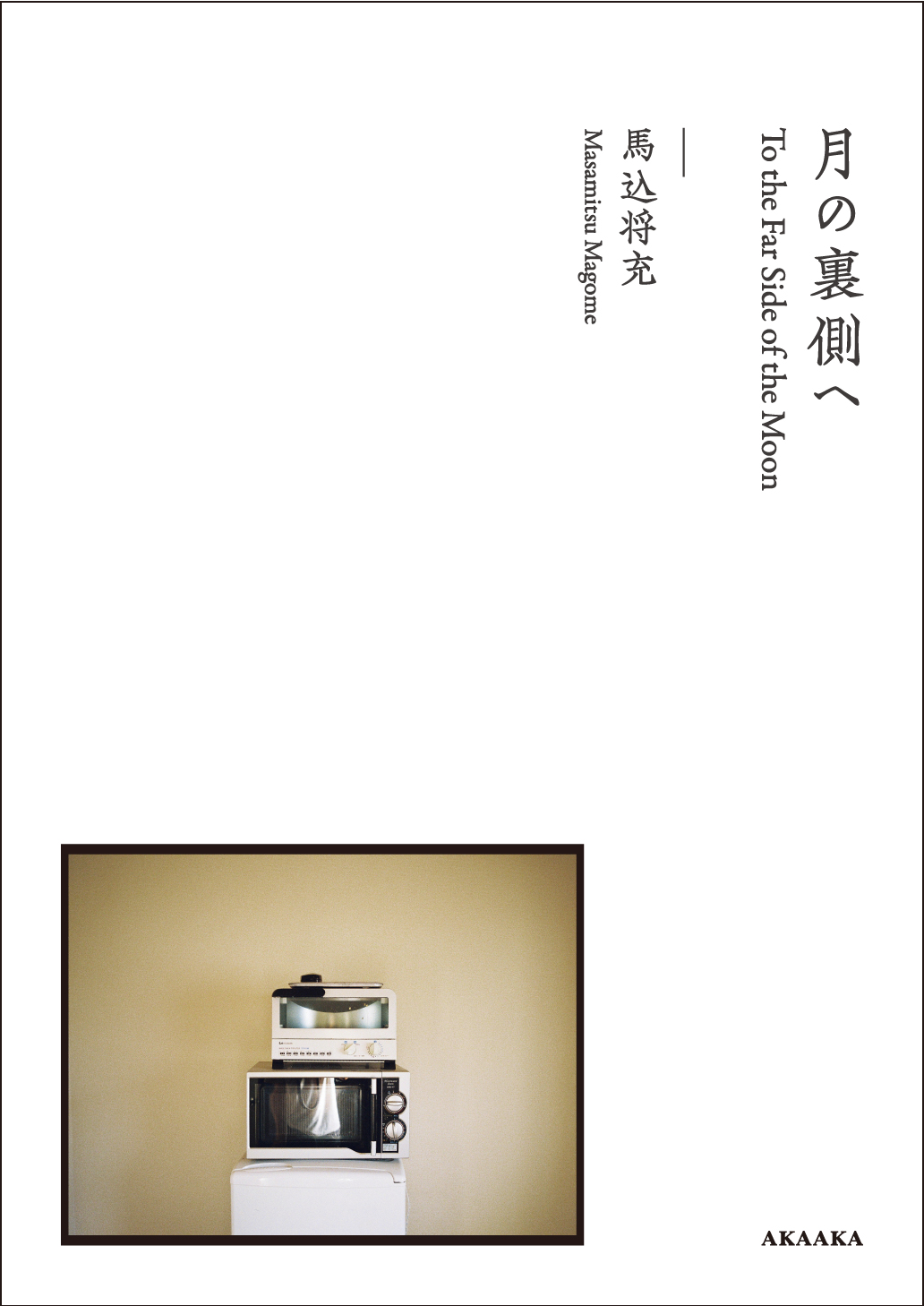
馬込将充『月の裏側へ』
発行:赤々舎 Size: H257mm × W182mm Page:136 pages Binding:コデックス装 Published in September 2022 ISBN:978-4-86541-154-6 ※表紙は4種からお選び頂けます(中身は同一) You can choose from 4 different covers (the contents are the same). |
¥ 4,000+tax
国内送料無料! お支払い方法は、銀行振込、郵便振替、 クレジットカード支払い、PayPal、PayPay よりお選び頂けます。
------------------------------------------------------------------------------------------ |
|---|
About Book
目の前のいまに結晶している、目には見えない過去の時間、日々の錘、未来への足どり。
To the Far Side of the Moon
Masamitsu Magome
Consider for example the numerous SF-type illustrations of the future depicted in magazines for kids during Japan's period of rapid economic growth after the end of World War II.
I spent my childhood in the 90s when there were still places that these images of dreamlike worlds and fantastic stories lively and bustling with activity still caught the eye, and I would gaze mesmerized at them.
Today I'm living in the middle of a future imagined in the past, the world that was someone's dream.
But as a child unaware and uninterested in the events that occurred and the context within which that time existed it was imagination that was important to me. Would such a future world really exist one day?
I was drawn with affection to those worlds that I couldn't know.
Things I couldn't know ― they existed everywhere. I felt it strongly, particularly when I was faced with anything I could in no way control or experienced lost opportunities.
On March 11, 2011, the town I lived in suffered damage from liquefaction when the Tohoku Earthquake hit. Reclaimed land in the town was transformed into what resembled a sandbank in the sea, telephone poles and buildings tossed at a slant were lit by the setting sun. The town had once been part of the sea but I only had head knowledge of that. Now the physical reality lay right before my eyes.
Although the devastation to the town wasn't a direct motivation for me, it was at this time that I took up photography.
I didn't have a specific idea of what I wanted to photograph, but I just found it comfortable to sometimes use a medium of expression other than words to eloquently convey something ― especially since I was shy and not an outgoing, sociable sort of person.
Around the time I was 20, I began photographing people. The first photographic work I created was a collection of photographs of my girlfriend.
Those were happy and fulfilling days of photographing the beautiful girl who was the dearest person in the world to me. But something gradually changed within our day-to-day life and eventually her image in the photos appeared hurt and troubled.
Those happy days came to a close as if they had disintegrated and I was left alone.
Up to that time photography and my girlfriend had been synonymous for me, so for a while I was unable to photograph anything. I just continued to look at the photographs that were left, desperately searching for what was hidden beneath the surface.
Why photograph things? For the first time, I began to ponder this entirely obvious question.
The photographic medium can only capture images that can be seen. Scenes cut out with my camera just reflect my own subjectivity ― there is no such thing as a dispassionate documentary. This is the reason why I don't want to take the sort of photographs that reflect conclusions based on my personal yardstick.
I started wanting to take photographs that would be suggestive of what is below the surface that can't be imaged by a camera. All of us live having gone through a vast number of experiences, emotions, and thoughts, and we are weighed down by past regrets and sadness and concerns for the future. I want to take photographs that at the very least are able to touch the contours of this tremendous complexity.
As I went through the repetition of my everyday existence, I became used to the neverending celebrations, festivals, and tragedies that occurred daily, and boredom replaced the blank space of things I couldn't know." Perhaps someday even a person's life or death may become nothing more than a familiar sight for me.
Even so I watch carefully for changes, give form to emotions, and imagine what is hidden on the other side of the world we can see. Whether I am feeling fulfilled or broken, I continue to record the energies of transformation that I see.
Everything that is gone, everything yet to be. Everything you and I experience from the time we are born until the time we die.
If the photograph can serve as a path or door leading to all of these things, then I guess photographing a world I get tired of looking at must still have some meaning.
Masamitsu Magome Tokyo, Summer 2022.(afterword)
Special gifts for the first customers

Related Exhibition
馬込将充 写真展「月の裏側へ」 会期:2022年9月22日(木) 〜10月9日(日) 時間:13:00〜19:00(月休み) 会場:Roll(東京都新宿区揚場町 2-12 セントラルコーポラス 105号室) 関連トークイベント ⽇時 : 9⽉23⽇(祝・⾦)17:30〜18:30 ※終了しました 出演:⾺込将充(写真家)× ⽊村和平(写真家)× 藤⽊洋介(キュレーター) 定員 : 20名 、参加無料 |
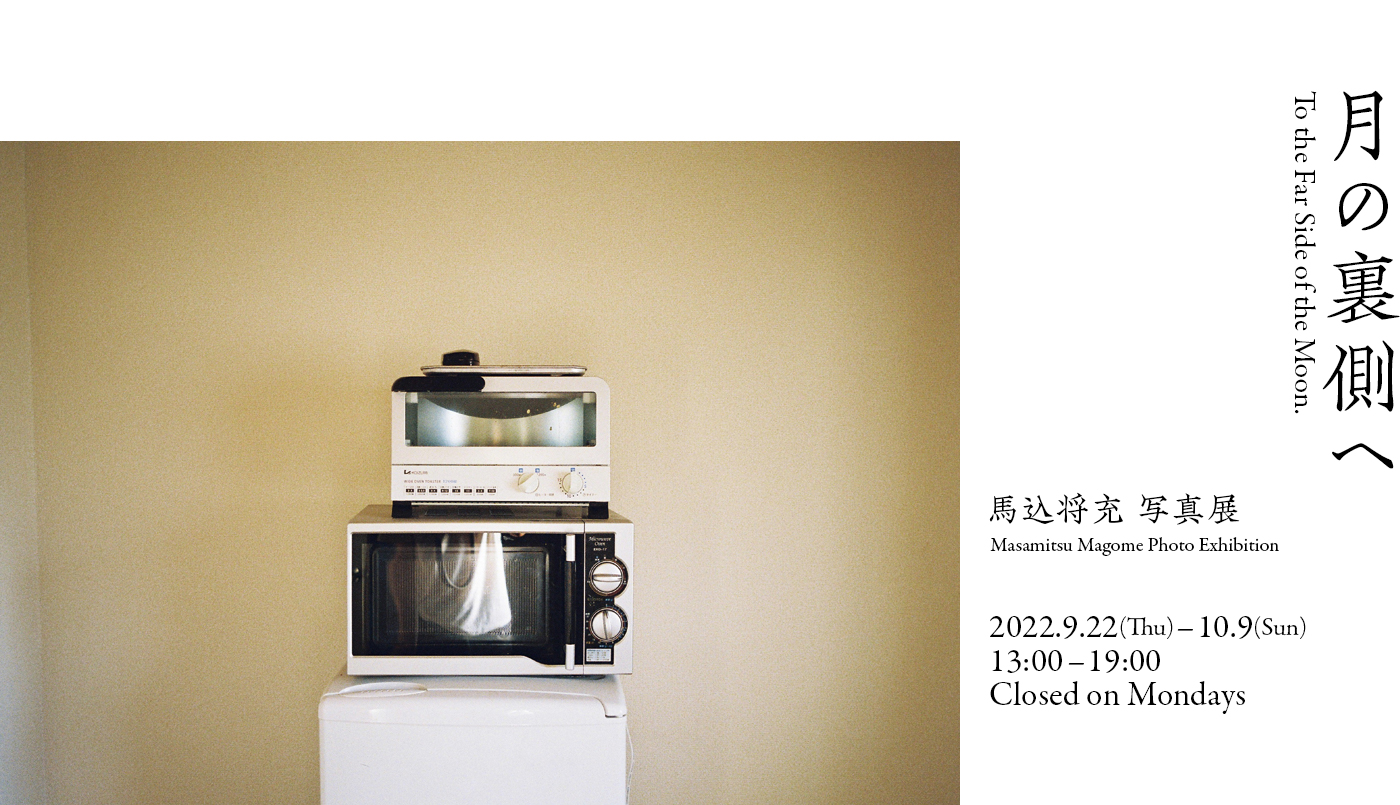
|
Related Event
【10/ 29 (土)】写真集『月の裏側へ』刊行記念 馬込将充 × 島口大樹 トークイベント 日程:2022年10月29日(土) 時間:18:00〜19:30(開場17:30〜) 料金:1,540円(税込) 定員:70名 会場:青山ブックセンター本店 大教室 お申し込みはこちらから 帯コメントを寄せて頂いた小説家・島口大樹さんとのトークイベント。 10年分の写真から編まれたいわば集大成とも言える今作をベースに、制作過程や収録写真のこと、写真家と小説家双方の立場から見た創作活動全般についてお話しいただく予定です。 馬込さんは島口さんのデビュー作より3作連続で装丁写真を担当しており、友人としても親しい間柄のお二人。ぜひ足をお運びくださいませ。 |
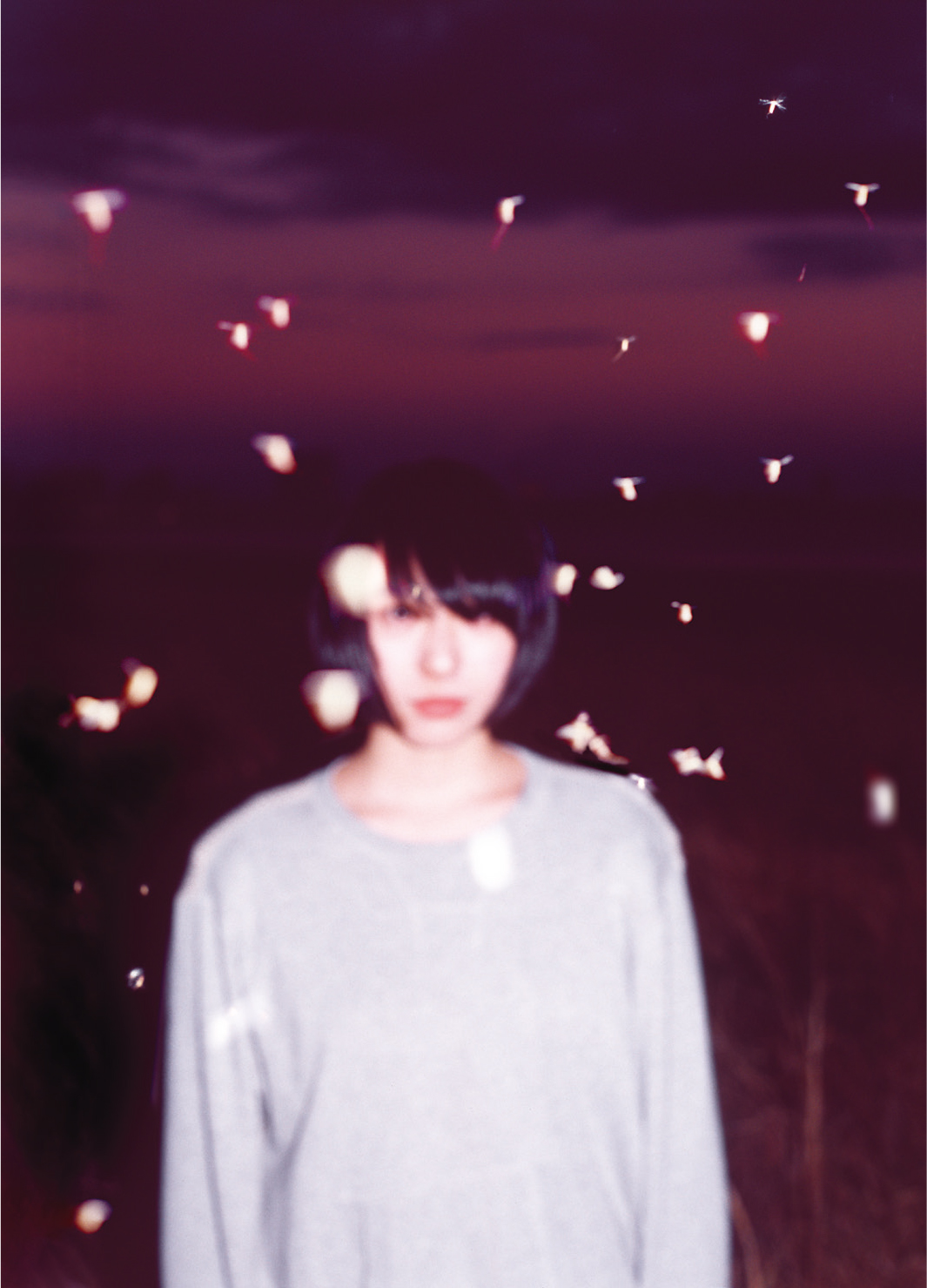
|
|
|
|---|







